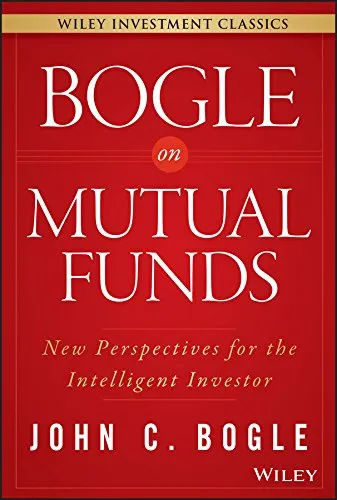

He's comfortable with a simple portfolio, increasing the bond allocation as he ages, because he wants to reduce the risk of a sudden, massive drop in value.īut you can also use funds that represent other asset classes to reduce volatility, like REITs, international stocks and international bonds. But an all-equity portfolio in 2007–09 would have been a disaster, a point Bogle made in his book "Common Sense on Mutual Funds." Your portfolio would have recovered eventually, but what if you needed the money during that time span?īogle uses bonds to leaven equity risk in his portfolio. If you are perfectly comfortable with risk, you'd put your asset allocation into a 100 percent stock portfolio and keep it there until you die, because historically, that's the kind of asset that has produced the best returns over the longest period of time. To Bogle, diversification means bonds - and it doesn't need to mean anything more than that. For instance, New York City-based Colgate-Palmolive had only 18 percent of its net sales in the North American market in 2014.ģ. market de facto gives you exposure to international markets. companies derive 50 percent or more of their revenue from outside the United States, so buying a fund comprising the U.S. This isn't because he's U.S.-centric: In fact, he pointed out the inconsistency of even calling the rest of the world "international." He just believes in placing bets based on what he knows, and "we have the best investor protections and legal institutions," he said. Bogle doesn't invest overseas - at least, not directly.īogle famously keeps his portfolio entirely in U.S.

"If you want to do it, once a year is probably enough," he said.Ģ. Bogle doesn't do it for his own portfolio. But if you're really in your investments for the long term, even this level of tinkering may be more trouble than it's worth: You may end up with taxable gains, and you certainly will end up incurring trading costs. Research shows you will reduce your risk of a big loss in the short term in your portfolio with regular rebalancing. Many investment advisors sell their services in part based on rebalancing or, in other words, selling your winners to return your portfolio to its asset allocation. Bogle doesn't rebalance - if you must, once a year is enough. Here are four ideas that have helped Bogle design the right portfolio for him, proving there's more than one way to challenge investment industry assumptions.ġ.

If index investing is now the norm, other basics of Bogle's portfolio practices remain contrarian - and key to Bogle's designing a personal portfolio that he remains comfortable with over the long term. Personal Loans for 670 Credit Score or Lower

Personal Loans for 580 Credit Score or Lower Best Debt Consolidation Loans for Bad Credit


 0 kommentar(er)
0 kommentar(er)
